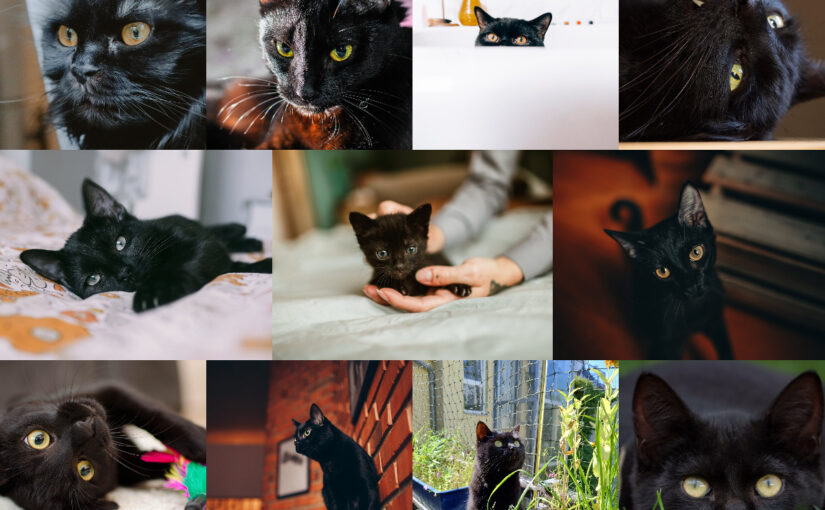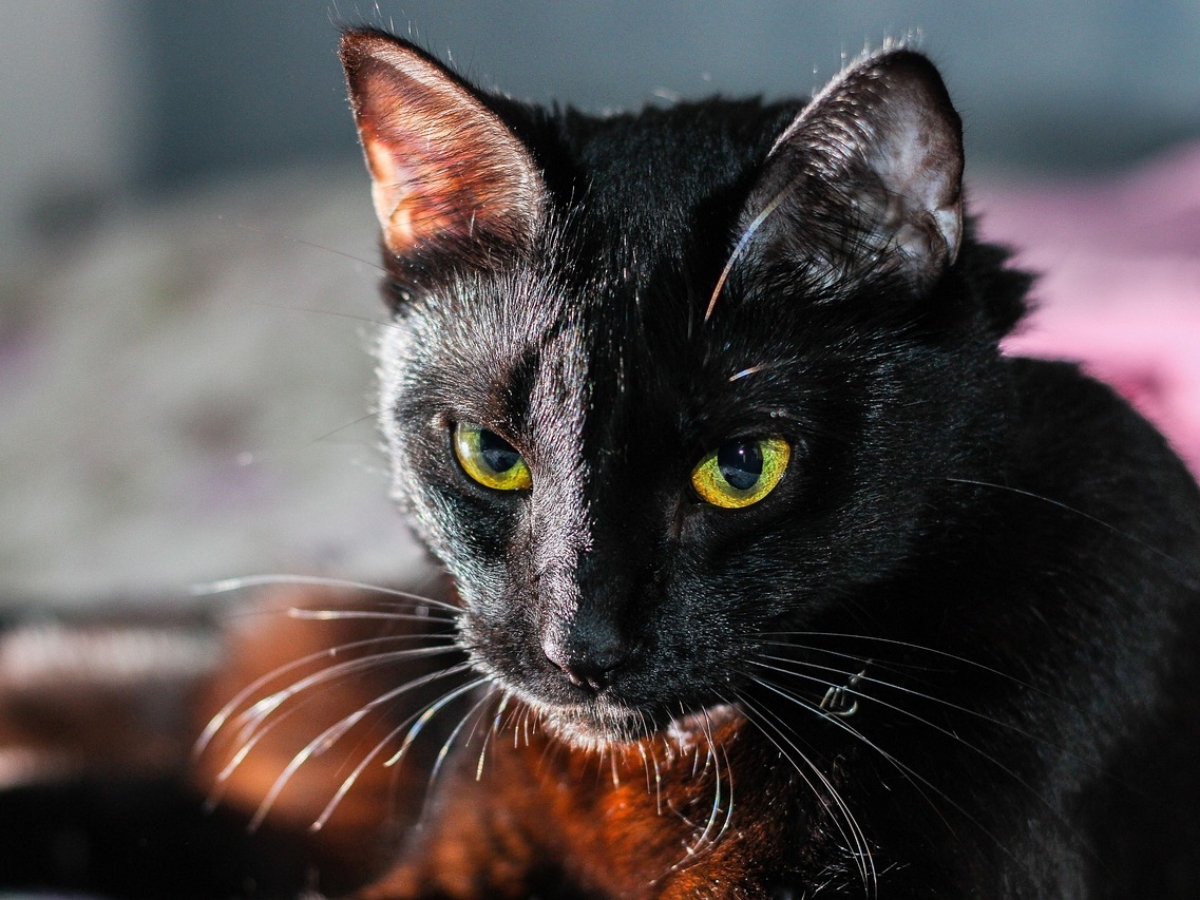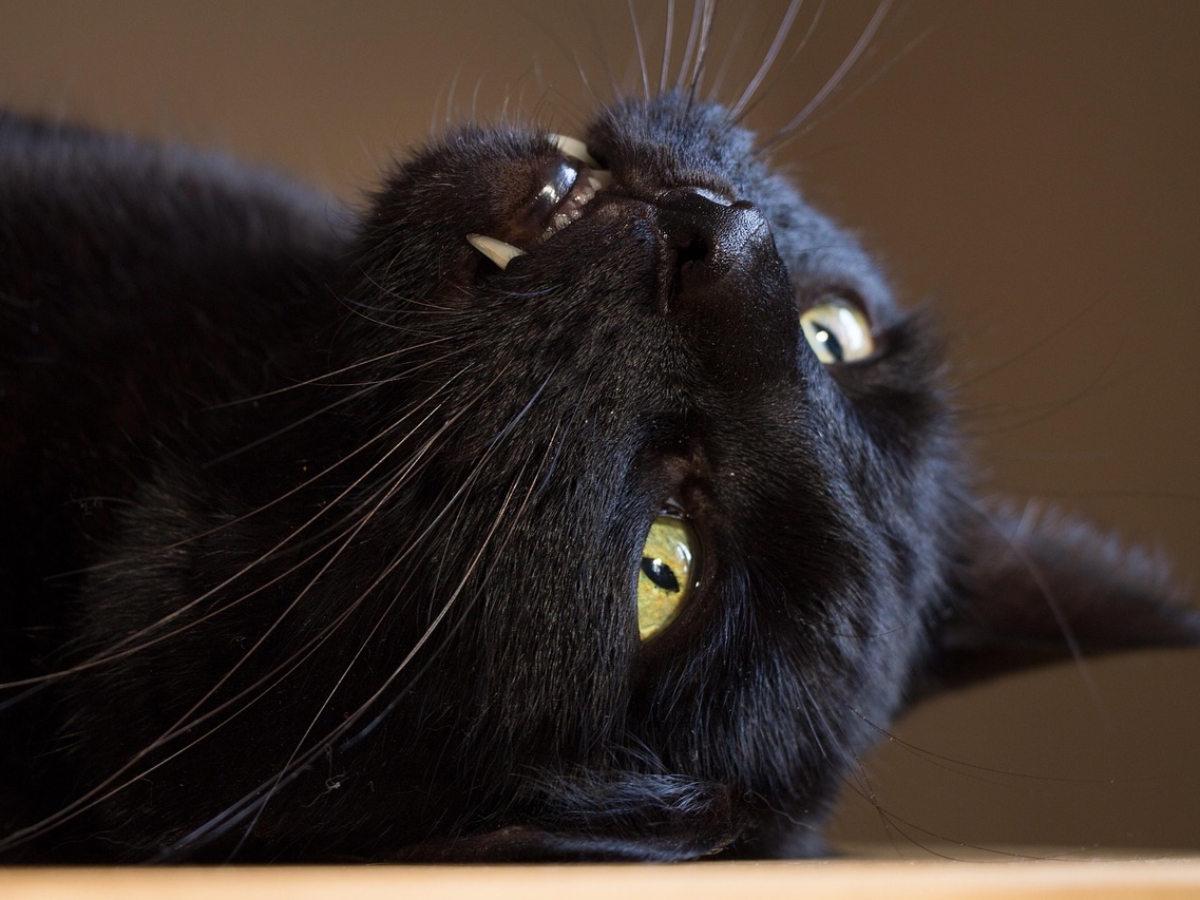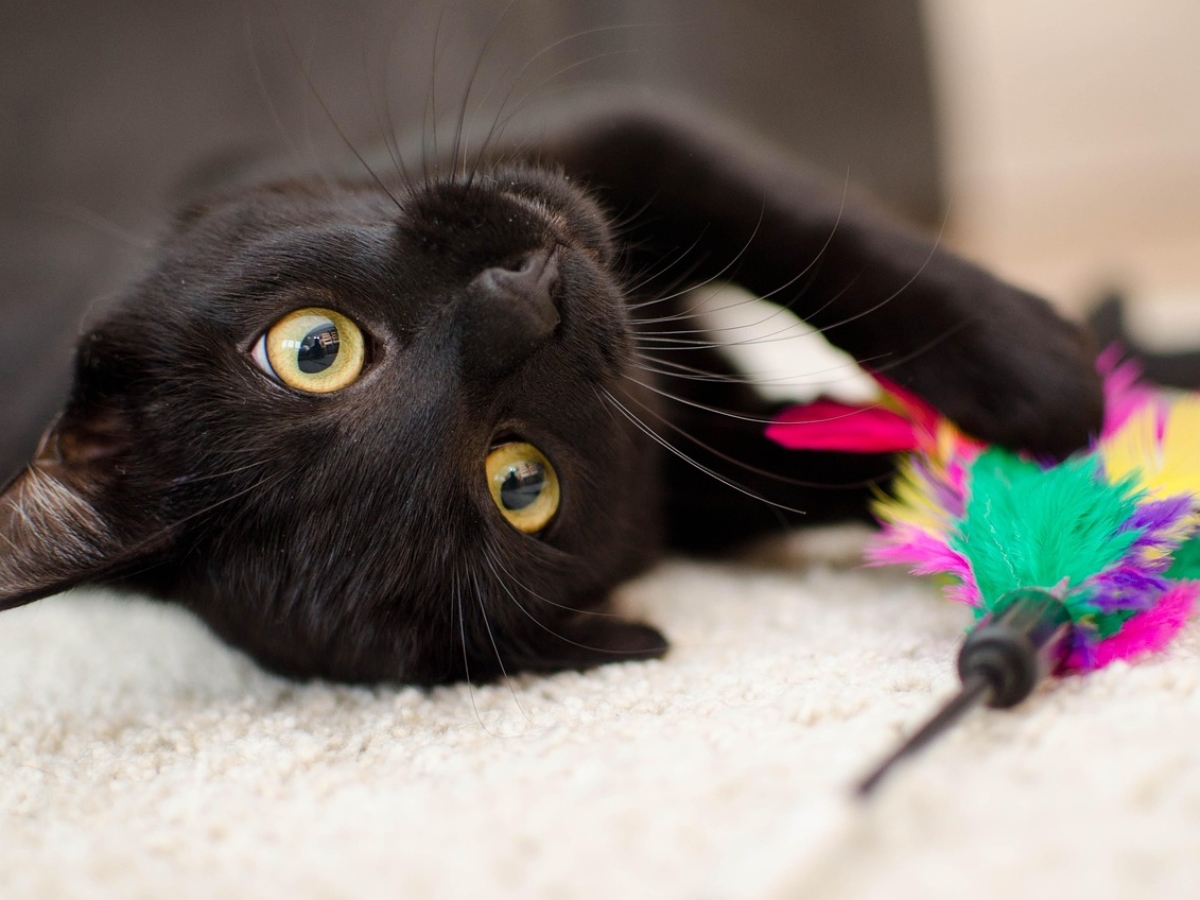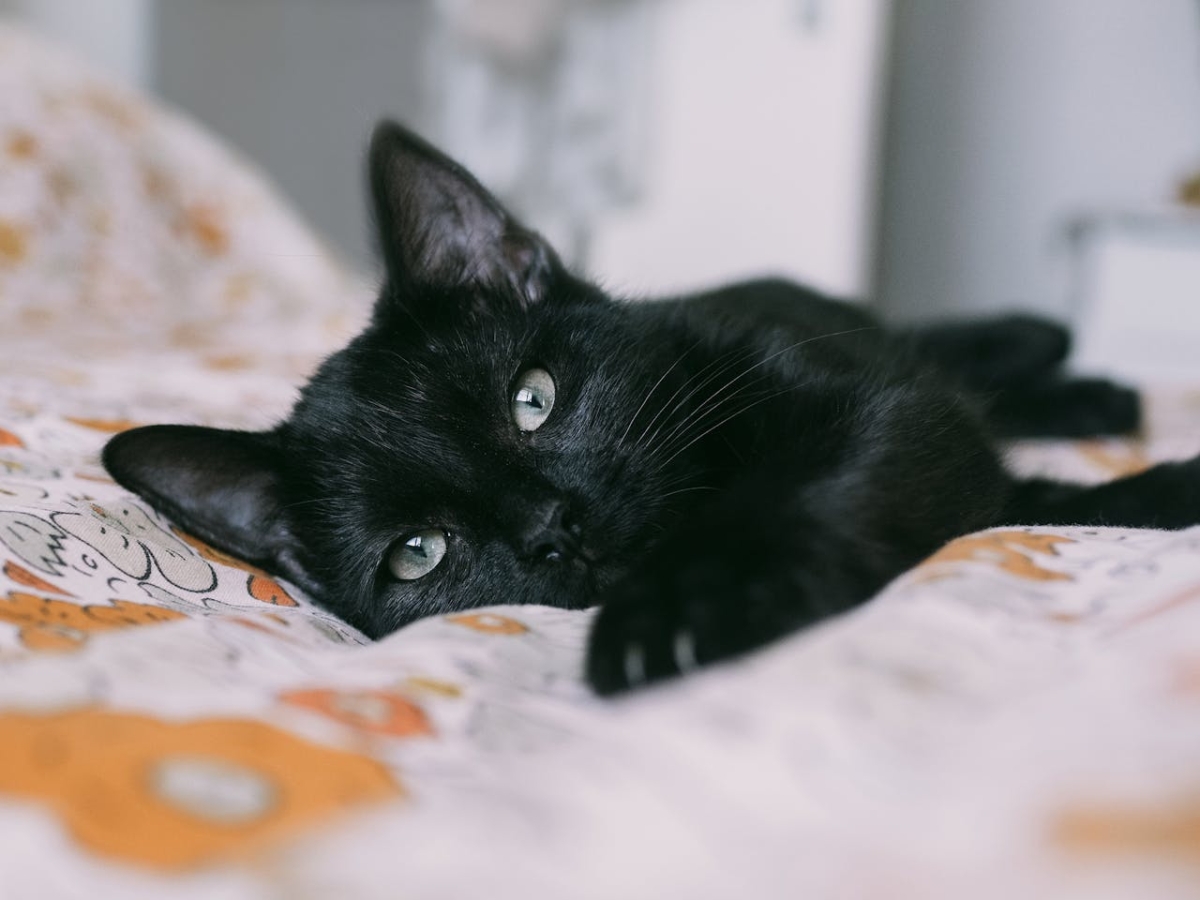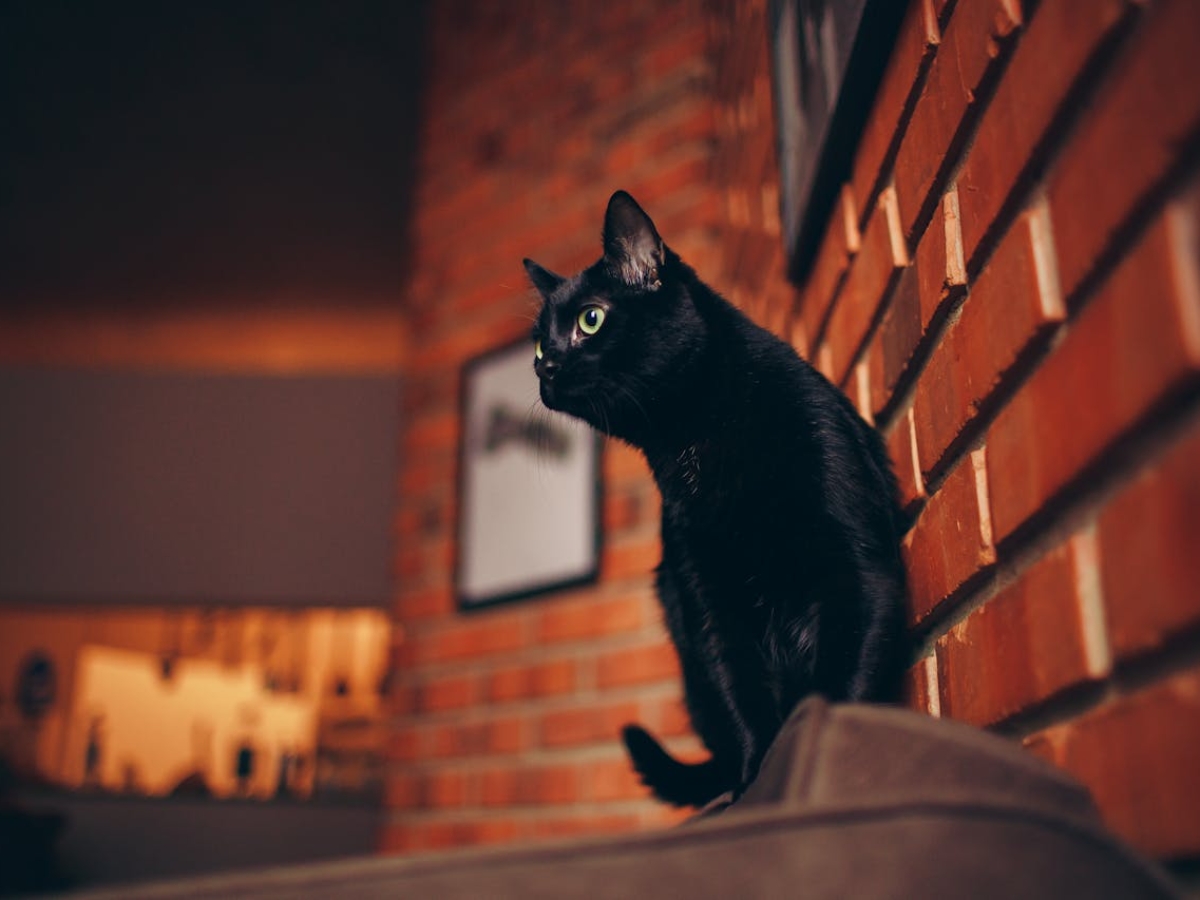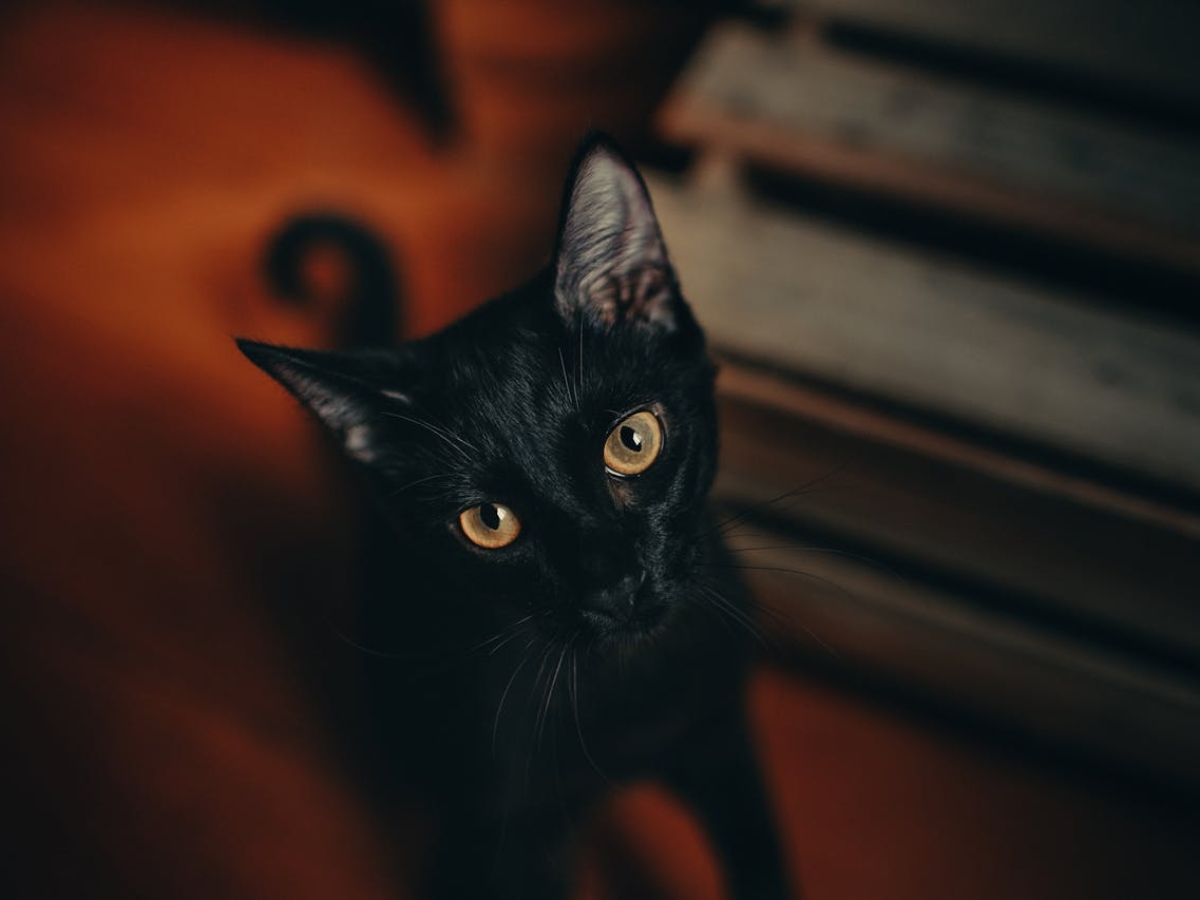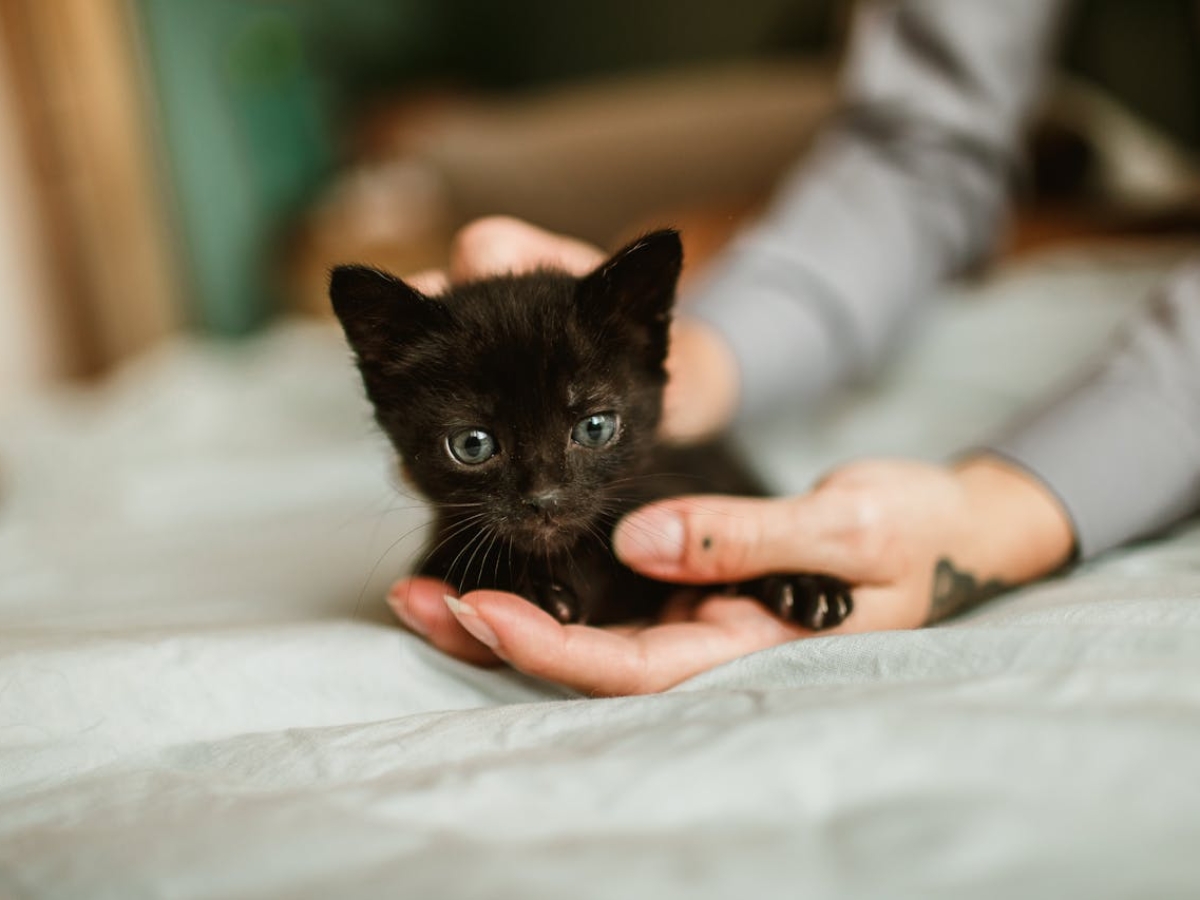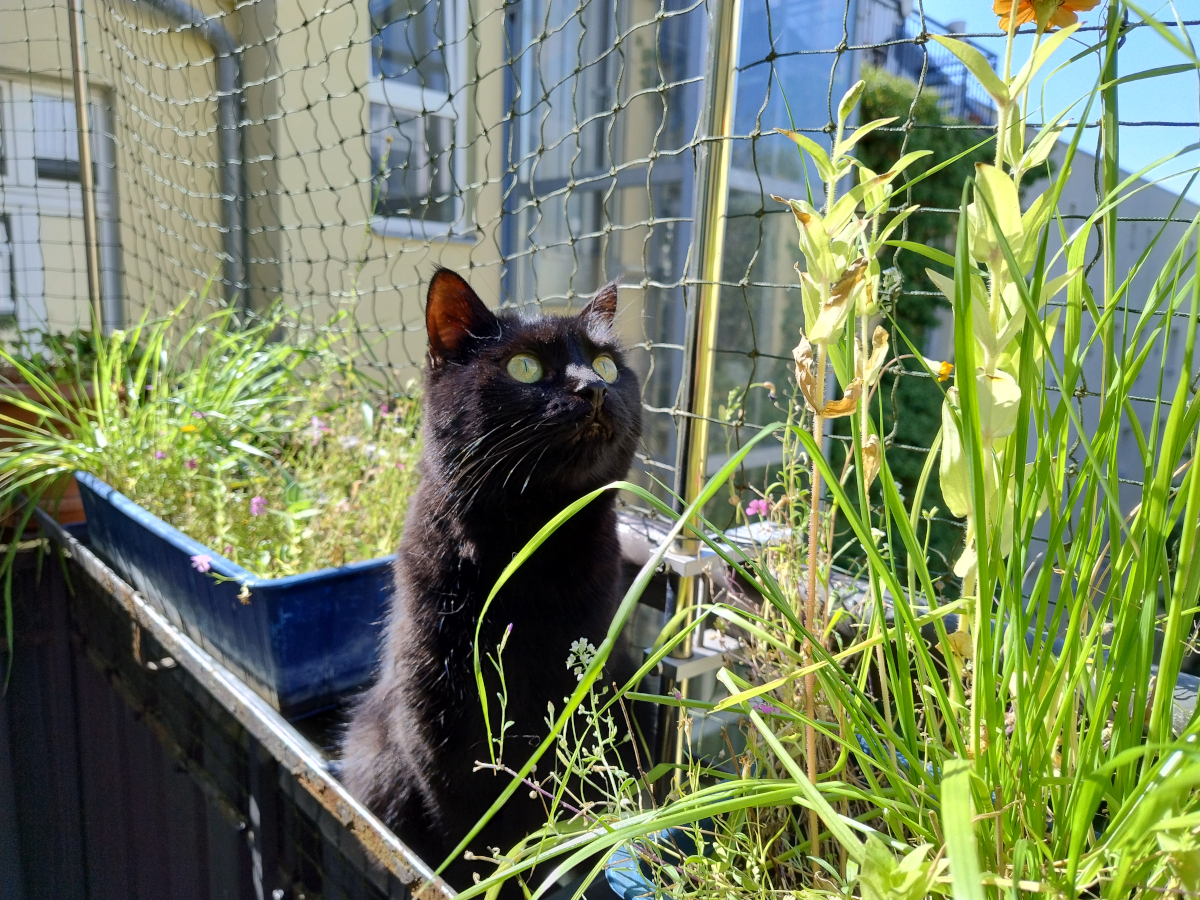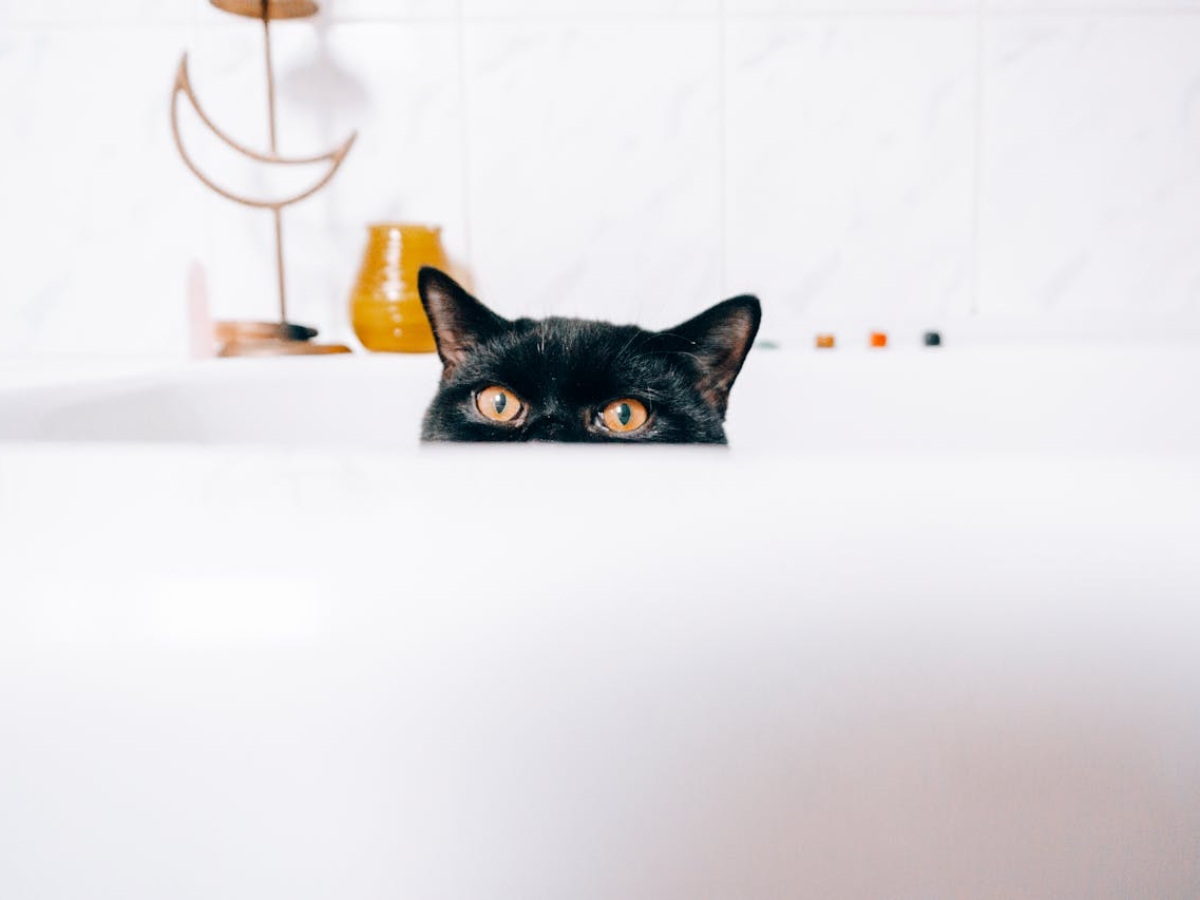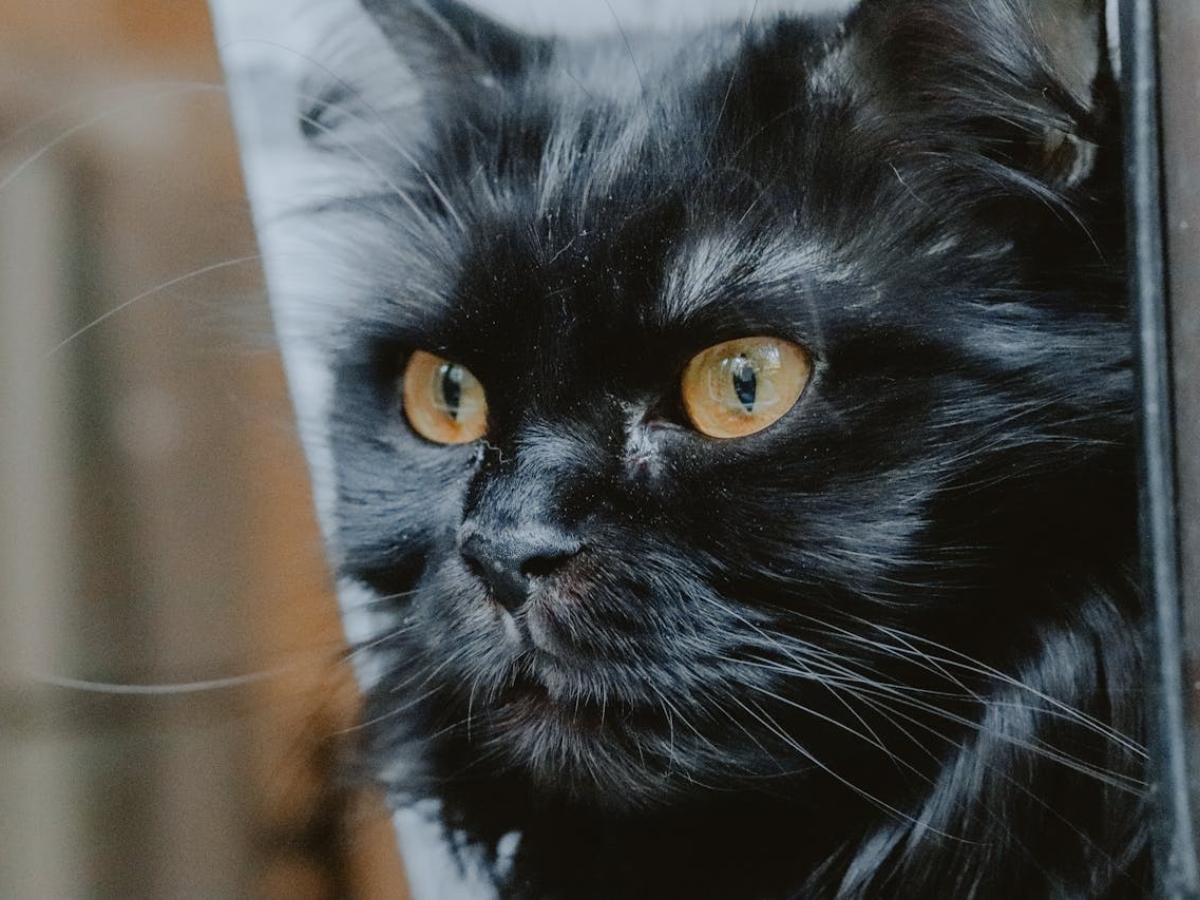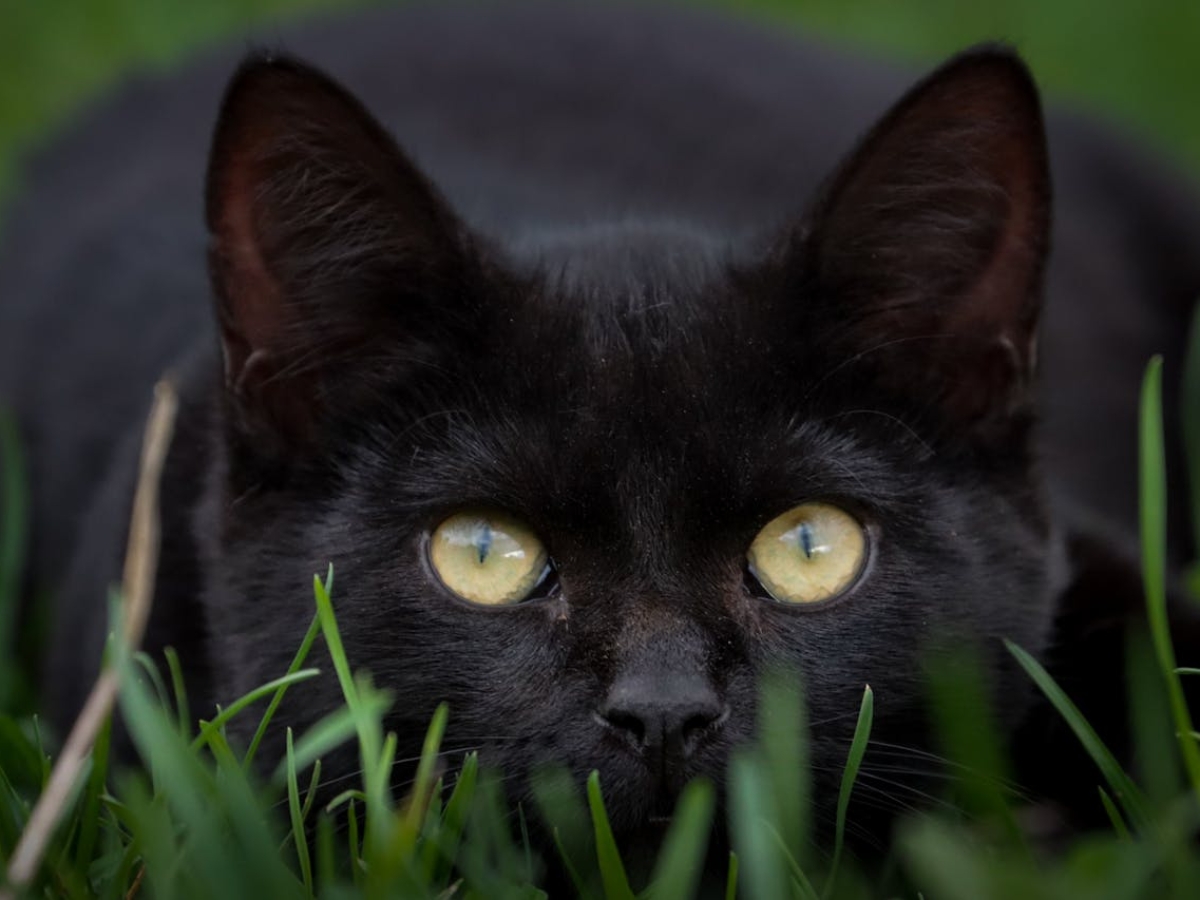Moonlight spills across a narrow alley in a quiet English village. A sleek black cat halts mid-stride, its coat shimmering under a veil of silver, eyes catching the light like emerald embers. For centuries, such a sight has stirred both shivers of superstition and sparks of fascination, shaping the cat’s place in folklore. Each year on October 27, National Black Cat Day honors these mysterious companions, challenging centuries-old myths with messages of empathy and adoption across the United States and United Kingdom. The day serves as a reminder that black cats, too often left behind in shelters, are emblems of quiet grace and enduring mystery.
Ancient Reverence and Medieval Shadows
Long before black cats became harbingers of doom in European tales, they held divine status in ancient Egypt, where the goddess Bastet embodied protection, fertility, and the home’s warmth. Families kept these dark-furred guardians to ward off evil spirits and pests, viewing their midnight coats as a link to the sacred. Killing one was a grave offense, punishable by death, for these cats were seen as earthly extensions of Bastet’s power. As trade routes carried Egyptian reverence westward, cats arrived in Europe around 500 B.C., initially welcomed for their role in controlling vermin during the plagues that ravaged cities.
Yet perceptions darkened in the medieval period, when the Roman Catholic Church intertwined cats with the devil, declaring them allies of darkness in the 13th century. Black cats, with their nocturnal prowls and glowing eyes in firelight, fueled suspicions during the Black Death, as panicked communities blamed them for spreading disease, ironically worsening outbreaks by killing fewer rats. By the 15th to 18th centuries, witch trials amplified this terror, especially in places like Salem, Massachusetts, where black cats were accused of being witches’ familiars or shape-shifted sorceresses themselves. Accused women faced execution alongside their pets, as owning a black cat could seal a fate of suspicion and death. Even in folklore, color played a pivotal role, symbolizing the unknown in Celtic tales where black evoked the shadowy veil between worlds, while in Germanic traditions, it hinted at otherworldly protection or peril.
Sailors offered a contrasting view, treating black cats as talismans of fortune on stormy seas. British and Irish mariners believed these felines ensured safe voyages and bountiful catches, often adopting ship cats named for their luck-bringing ways, like the World War II mascot Churchill aboard the HMS Prince of Wales. Across cultures, black evoked duality, from Japan’s maneki-neko beckoning prosperity to Scotland’s belief that a black cat on the doorstep promised wealth, showing how symbolism shifted with geography and time.
Embracing the Enigma: A Shift from Omen to Icon
Over time, the black cat’s image evolved from a feared specter to a captivating companion, mirroring society’s growing embrace of the mysterious. In Victorian England, their elegant, glossy fur aligned with gothic aesthetics, making them favored pets among artists and writers who saw poetry in their silent grace. Halloween traditions further softened the narrative, transforming black cats into playful emblems of autumn mischief rather than outright evil. Today, adoption drives emphasize their gentle nature, countering biases that leave them lingering in shelters.
Pop culture has played a starring role in this redemption. Salem Saberhagen from “Sabrina the Teenage Witch” redefined the archetype with his witty sarcasm and loyal heart, turning a cursed warlock into a beloved family member since the 1990s. In “Hocus Pocus,” Thackery Binx’s heroic journey as a cursed boy-turned-cat highlights sacrifice and redemption, endearing him to generations of viewers. Other icons, like Jiji in “Kiki’s Delivery Service” or Luna in “Sailor Moon,” portray black cats as clever guides and friends, blending folklore with charm. Social media amplifies this shift, with influencers showcasing black cats’ photogenic allure, from midnight poses to playful antics that garner millions of views.
Fun facts add layers to their mystique. Black is the most common cat coat worldwide, caused by a dominant gene that dominates in about 15 to 20 percent of felines. In sunlight, their fur can “rust” to reddish tones due to pheomelanin oxidation, revealing hidden warmth. Myths persist globally, like the Celtic Cat Sìth, a fairy cat that could bless or curse, or Norse tales of Freyja’s black cat-pulled chariot promising fertility. In modern trivia, black cats often have golden eyes, enhancing their otherworldly gaze, though green-eyed ones are rarer treasures.
Unraveling the Day’s Purpose
National Black Cat Day emerged in 2011 from the UK’s Cats Protection charity, which noticed black cats took a week longer to adopt than others, sparking a campaign to celebrate their beauty and boost homes. In the US, the ASPCA and similar groups joined, using October 27 to address “Black Cat Syndrome,” where color bias leads to lower adoption rates. Statistics reveal the challenge: black cats are adopted up to 50 percent less than lighter-coated peers, spending more time in shelters and facing higher euthanasia risks due to overcrowding. Shelters even pause black cat adoptions around Halloween to prevent misuse tied to superstitions.
Organizations like the RSPCA run events, from virtual meet-and-greets to educational posts, urging people to see beyond myths. Hashtags such as #NationalBlackCatDay and #AdoptBlackCats trend annually, with users sharing stories that humanize these pets and drive inquiries. In 2024, campaigns highlighted photography tips to make black cats shine online, countering visibility issues in dim kennels. This day underscores a vital truth: black cats are no different in affection or playfulness, yet prejudices persist, making awareness a powerful tool for change.
Ways to Honor the Dark-Furred Wonders
Celebrating National Black Cat Day invites simple, heartfelt actions that blend fun with impact. Consider visiting a local shelter to meet black cats, perhaps sponsoring one’s care if adoption isn’t feasible right now; many programs allow donations for food or toys that ease their wait. Share photos of your own black companion or a shelter resident on social media, tagging #BlackCatAppreciationDay to spread joy and counter myths with real tales of purrs and cuddles.
Delve into folklore through books on Bastet or Celtic myths, or host a themed gathering with cat-safe treats and stories that highlight their global luck symbols. Themed events, like virtual workshops on black cat care from groups like the ASPCA, offer educational fun. By focusing on their sleek elegance and resilient spirit, these steps not only raise awareness but foster a community that values every feline, regardless of hue.
Echoes of Resilience in Feline Symbols
Today, black cats embody resilience, standing as icons of individuality against outdated fears that once silenced them. Their journey from persecuted shadows to celebrated mysteries reflects humanity’s capacity to rewrite harmful narratives, replacing terror with tenderness. In a world quick to judge by appearances, they remind us of compassion’s triumph, urging societies to question biases rooted in ancient whispers. This evolution ties to larger themes, like how empathy dissolves division, turning symbols of superstition into beacons of appreciation and unity.
A Call to Midnight Magic
As October 27 approaches, let the black cat inspire a deeper look at the stories we tell. These graceful creatures, with their quiet wisdom and boundless love, deserve homes filled with the magic they naturally bring. This October 27, let’s rewrite the story of the black cat together, one adoption and shared smile at a time.
If you find joy in these tales of twitching whiskers and gleaming eyes, consider helping keep Whiskerito.com alive and purring. Your donation supports thoughtful research, engaging content, and the warm, wonder-filled community that makes this space what it is.
